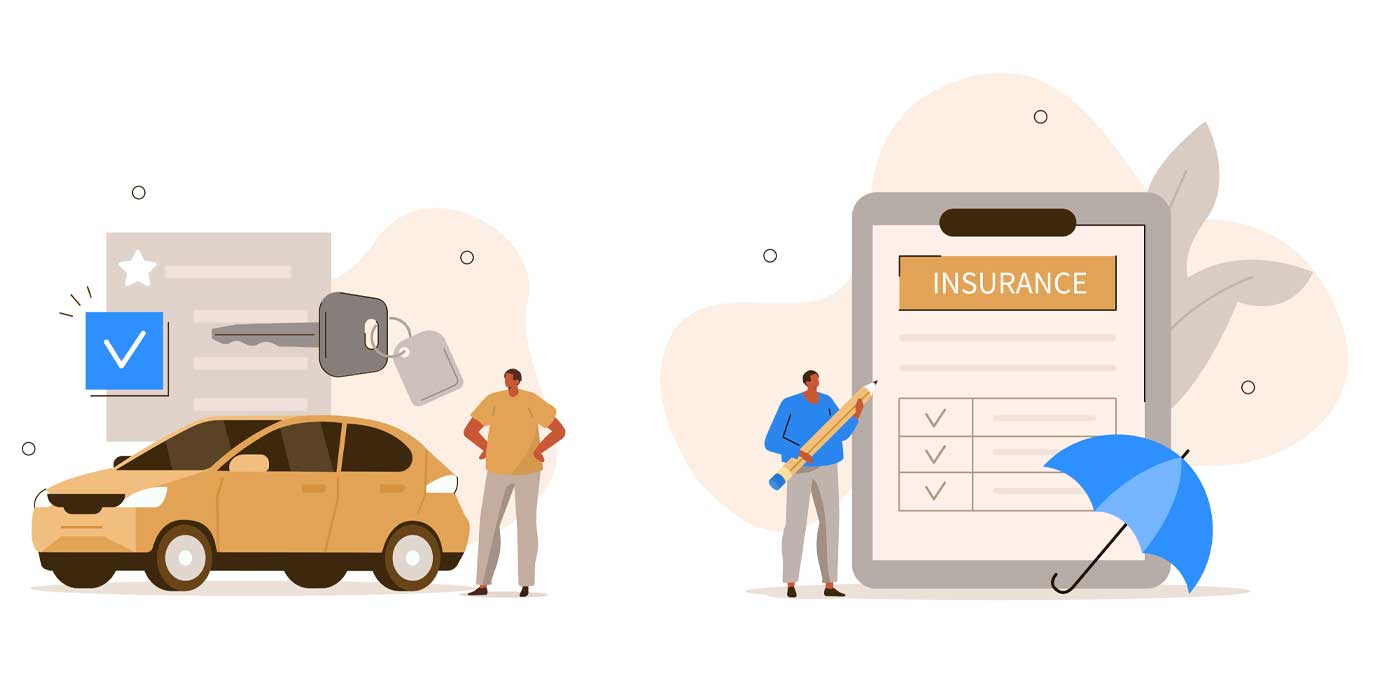New analytics solutions now give dealership general managers much deeper insight into how much gross is being lost through their used car reconditioning processes.
By using reconditioning software that creates daily reports on fundamental reconditioning benchmarks, GMs have at hand the data at the same actionable level they use for other decisions for controlling costs and improving gross. The benchmark metrics this reporting provides are vital if GMs are to effectively manage reconditioning holding costs.
Understanding holding cost and knowing how to minimize this expense propels the manager’s ability to manage dealership cash liquidity. Managing liquidity is important because cash is the fuel that runs the dealership engine — and when times are hard, liquidity is the safety net that keeps the doors open.
Holding cost that is not managed well will drain profitability and liquidity away. It is an accumulating daily expense charged to every new and used car acquired by the dealership until retailed or otherwise sold. We’ll focus here on used car holding cost as applied to used-car operations. GMs able to drive down this cost will see cars retail for higher gross margins, becoming more valuable assets themselves to their employers.
Let’s take holding cost apart so we are clear and in agreement about what it is, how it can be lowered and maintained, and why we need to manage this recurring cost for cash liquidity.Holding Cost
Whether cosmetic, mechanical or safety improvements, the purpose of reconditioning is to get used cars ready for retail. This process — body work, brake pads, upholstery or glass repair — layers expense on top of what you paid for the unit. Then, for each day you own the car until it’s retailed it further accumulates cost. This daily accumulating cost is holding cost.
NCM Associates has found that the average current daily holding cost is $32 per unit. Daily holding cost per unit accumulates the second you write a check at the auction or for a private seller or your accounting office releases a trade from finance until a buyer writes you a check.
There are two holding costs to consider. The first pertains to time-to-market, or total time that accumulates from the point of acquisition to its retail or wholesale sale. Within this metric is time-to-recondition, which starts from the time you own the trade or auction unit until it is through reconditioning and front-line ready. GMs can and should manage both of these time-to metrics carefully.
Time-to-Recon — Leave the car out back for two days before it’s pulled into the recon process and you’ve already kissed $64 of potential margin away. Then, if it takes 12 days to get that vehicle mechanically reconditioned, detailed and photographed for online marketing, the car hits the front line with a $448 holding cost burden on it. If you’re reconditioning 100 cars a month, this 14-day time-to-recon cycle means $44,800 of potential lost margin a month. Drop time-to-recon to five days, and total recon-time holding cost expense drops to $160 per car from $448, or $16,000. That’s $28,800 less in margin erosion across those 100 cars.
Other costs get rolled into recon costs, as well. These include the recon expense itself, the additional money on the trade the appraiser deemed necessary to make the sale and, often, fixed operations and used car costs that should be kept to those departments’ financial statements and not assigned to reconditioning. GMs should keep an eye on these costs too — and push back if necessary to reduce them and have them assigned to the correct departments.
Time-to-Market — This process includes time-to-recon days and costs plus additional days that the retail-ready vehicle sits unsold. Here’s where unmanaged holding cost drag kills profitability.
- Packs — GM oversight here helps ensure appraisers don’t put too much into trades. It implements best practices, so buyers focus on acquiring the right vehicles at auction for the right price. It watches and sets reconditioning cost parameters.
- Holding costs — $32 a day per car from when you own it until when you sell it.
- True Margin — packs plus holding cost minus “sold” margin equals bankable margin.
The goal is to put quality used cars on the front lot that sell quickly at maximum market gross. One pointer here: think smart repairs. Check your OEM policy — if less-pricey second-tier replacement parts are allowed, use them to keep down cost. If a higher-priced part is readily available and will get a car off the lift and through recon to the front line faster, rather than waiting a day to get an economy part, lean toward speed.
When you can price cars competitively because you’ve controlled the costs, your inventory turns faster. Simply shaving 2.5 days off time-to-recon can add one inventory turn, meaning you sell more units over a period of time.
Inventory that turns faster is a more liquid inventory for the dealership. That’s what’s most bankable, and why a more-successful GM is able to reduce holding costs, time-to-recon and time-to-market outcomes.
The GM’s Challenge
The GM has control over each of these steps, but it requires awareness, commitment and often technology to help reduce these costs. Here’s where all these factors that too often fly under the radar attack profitability:
- Hit the “Magical 30” — Used cars hit their optimal profit curve within the first 30 days you own them. Spend 14 of those days getting your cars to the sale lot, and you’ve cut this opportunity in half. Reconditioning workflow software can reduce time-to-recon down to three to five days. vAuto founder Dale Pollak once wrote in his newsletter that “reconditioning inefficiency is probably the greatest cause of profit disappointment.”
- Manage packs — Here’s where a GM’s coaching skills can get a workout. Help advisors, buyers, fixed operations, reconditioning and used car managers understand how various uncontrolled costs kill gross. Review pay plans and show how every expense impacts the bottom line. Help them see how that puts negative pressure on the dealership’s ability to fulfill those pay plans. Often this orientation, supported by regular reminders, can help keep good-meaning people focused on shaving the costs under their control.
- Reduce time-to-recon — GMs can most directly affect holding costs, retail grosses and liquidity by shortening the days required to get cars front-line ready. Train and establish “bucket-brackets” for repairs based on mileage and give those repairs a pre-approval nod. Getting a recon operation to run like a factory assembly line requires process workflow structure, accountability and inter-department communication. Reconditioning software can be the GM’s biggest ax for lopping off unproductive time and holding costs from the used car operation and restoring margin health.
VIEW ALL ARTICLES













